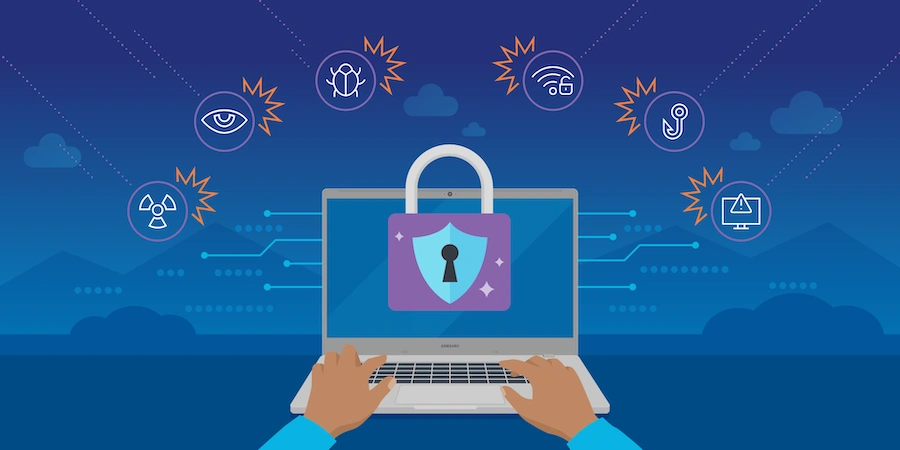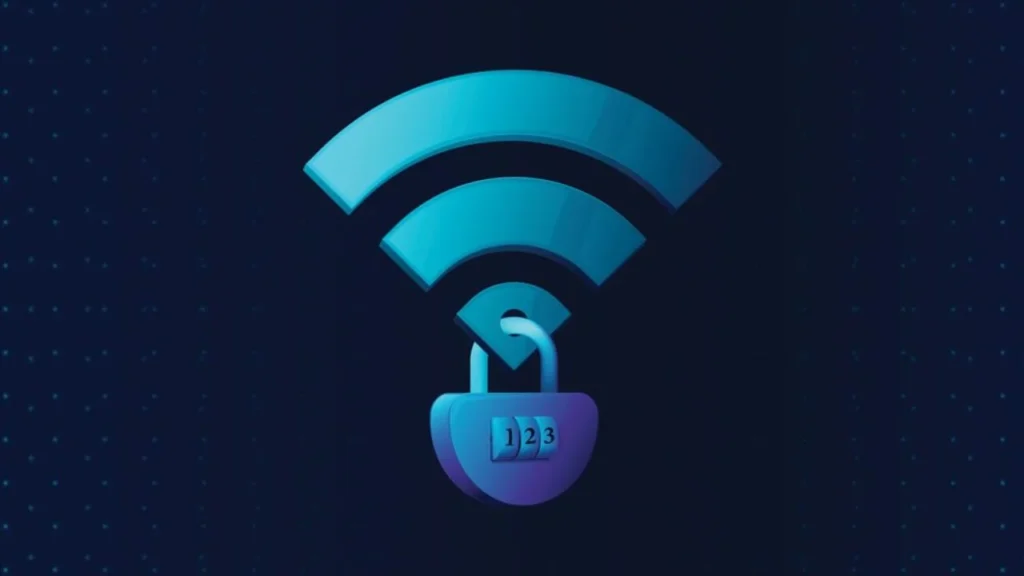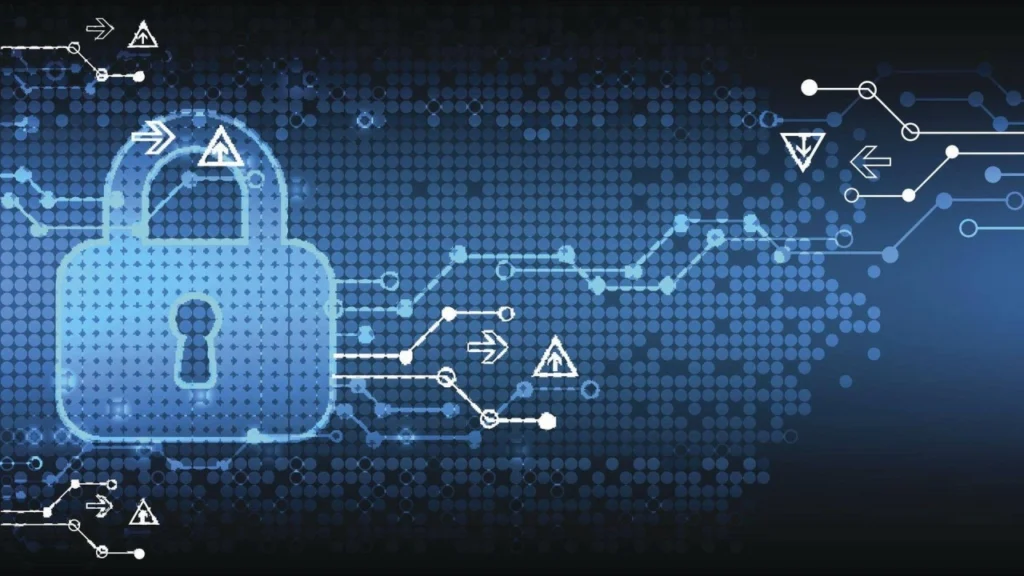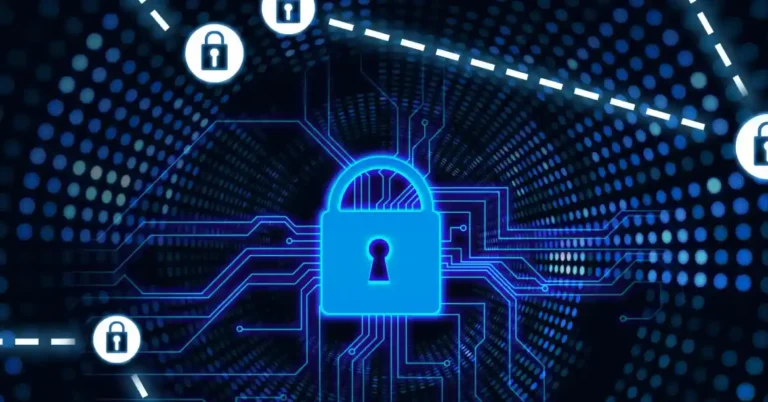The rise of remote work has transformed the way businesses operate, offering flexibility and access to a global talent pool. However, with these benefits come significant cybersecurity risks. As more employees work from home or other remote locations, the digital landscape has become a prime target for cybercriminals. From data breaches to phishing attacks, the threats are real, and the consequences of a security breach can be devastating.
In this blog, we’ll explore the cybersecurity risks associated with remote work and share best practices that can help businesses and remote workers safeguard their digital assets.
The Rise of Cybersecurity Threats in the Remote Work Era
Remote work has created a unique set of challenges for cybersecurity. In traditional office settings, businesses had more control over their networks, physical security, and IT infrastructure. Remote work, on the other hand, often relies on home networks, personal devices, and unsecured Wi-Fi connections, which can expose sensitive data to potential threats.
Cybercriminals are increasingly targeting remote workers through tactics like phishing, ransomware, and social engineering. The surge in remote work has also led to an increase in the use of collaboration tools and cloud-based applications, which, if not properly secured, can serve as entry points for cyberattacks.
Best Practices for Protecting Digital Assets

To ensure a secure remote work environment, businesses and employees must adopt best practices that protect sensitive data and minimize the risk of cyber threats. Here are some key cybersecurity practices to follow:
1. Use Strong Passwords and Two-Factor Authentication (2FA)
One of the easiest and most effective ways to secure digital assets is by using strong passwords and enabling two-factor authentication (2FA). Weak or reused passwords are a common vulnerability that cybercriminals exploit. Encourage employees to use long, complex passwords that include a combination of uppercase and lowercase letters, numbers, and special characters.
Two-factor authentication adds an extra layer of protection by requiring a second form of verification, such as a text message or authentication app, when logging into accounts. This significantly reduces the likelihood of unauthorized access, even if a password is compromised.
2. Secure Your Wi-Fi Network

Remote workers often connect to Wi-Fi networks that are not as secure as those in office environments. Home Wi-Fi networks can be vulnerable to attacks if not properly secured. Ensure that all remote workers are using strong passwords for their home Wi-Fi networks and that encryption protocols like WPA3 are enabled.
Additionally, it’s a good idea to separate work-related devices from personal ones by setting up different networks for each. This reduces the risk of a security breach if personal devices become infected with malware.
3. Use Virtual Private Networks (VPNs)
A Virtual Private Network (VPN) is a critical tool for remote workers. VPNs create a secure connection between a remote worker’s device and the company’s internal network, encrypting all data transmitted over the internet. This ensures that sensitive information, such as financial data, intellectual property, and customer details, remains protected, even when using public or unsecured Wi-Fi networks.
Encourage employees to always use a VPN when accessing company systems or transmitting sensitive data. This is especially important when working in cafes, airports, or other public places with unreliable Wi-Fi connections.
4. Regularly Update Software and Systems

Cybercriminals often target outdated software and operating systems that have known security vulnerabilities. It’s essential to keep all software, including operating systems, browsers, and third-party applications, up to date with the latest security patches.
Businesses should implement automatic software updates wherever possible and conduct regular audits to ensure that all devices are running the latest versions. This minimizes the risk of exploiting outdated software to gain unauthorized access to sensitive data.
5. Educate Employees About Phishing and Social Engineering
Phishing attacks are one of the most common ways cybercriminals gain access to sensitive data. These attacks often come in the form of fake emails or messages that appear to be from legitimate sources, such as banks or government agencies, asking for login credentials or personal information.
Educating employees about the risks of phishing and how to recognize suspicious emails or messages is crucial. Provide regular cybersecurity training and encourage employees to verify the source of any communication that requests sensitive information. This can help reduce the likelihood of falling victim to phishing scams.
6. Implement Access Controls and User Permissions
Not all employees need access to all company data. Implementing strict access controls and user permissions can help limit exposure to sensitive information. For example, give employees access only to the tools, applications, and data they need to perform their job.
This “least privilege” approach minimizes the risk of data breaches by ensuring that if one account is compromised, the damage is limited to that user’s access level.
7. Backup Data Regularly

Ransomware attacks, where cybercriminals lock users out of their own data until a ransom is paid, are a growing threat. To mitigate the impact of such attacks, ensure that important business data is backed up regularly and stored securely.
Cloud-based backup solutions and external hard drives are good options for backing up critical data. In the event of a ransomware attack, having recent backups can help businesses restore their data without paying the ransom.
8. Monitor Network Activity
Continuous monitoring of network activity can help detect unusual or suspicious behavior in real-time. Invest in tools that can analyze network traffic and identify potential threats, such as malware infections or unauthorized login attempts.
Having a dedicated IT team or third-party cybersecurity service to monitor the network 24/7 ensures that any signs of a cyberattack are caught early and dealt with before they can cause significant damage.
Conclusion: Building a Cybersecure Remote Work Environment
As remote work continues to grow in popularity, businesses must prioritize cybersecurity to protect their digital assets. By following these best practices—such as using strong passwords, securing Wi-Fi networks, enabling VPNs, and educating employees about phishing—organizations can create a safer digital environment for remote workers and reduce the risk of cyberattacks.
A proactive approach to cybersecurity is essential in the remote work era. The more organizations invest in securing their networks and educating their employees, the better prepared they will be to face the evolving cybersecurity landscape. In turn, this will help maintain business continuity and protect sensitive data from cybercriminals.


